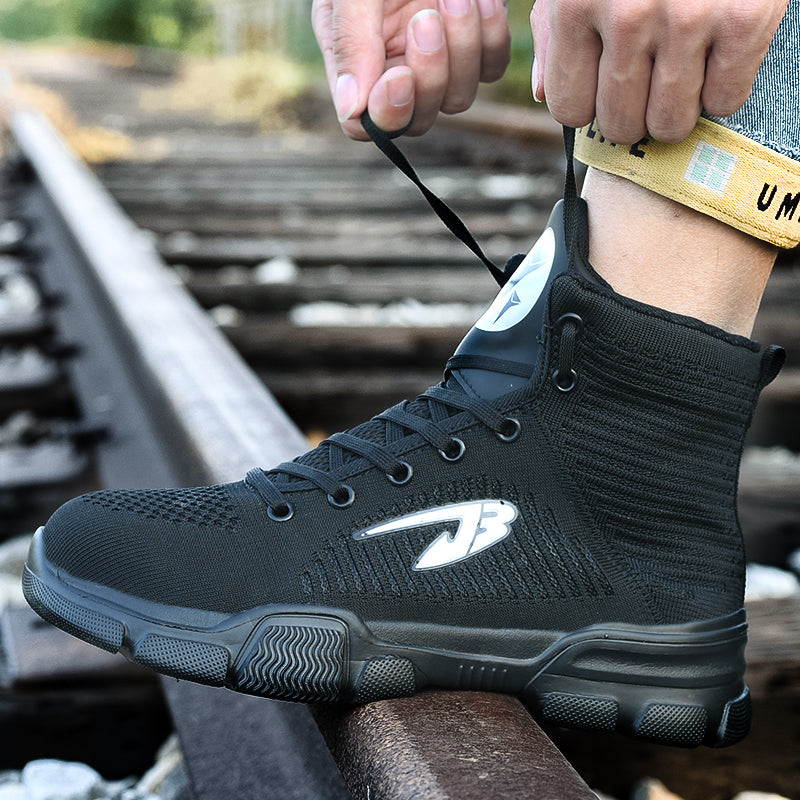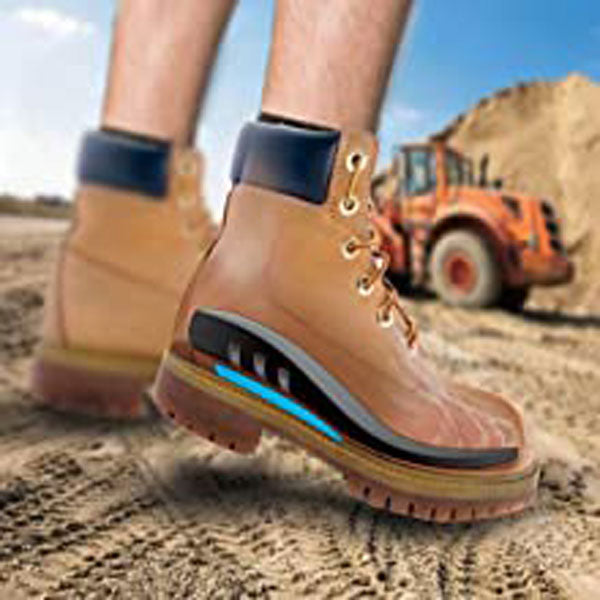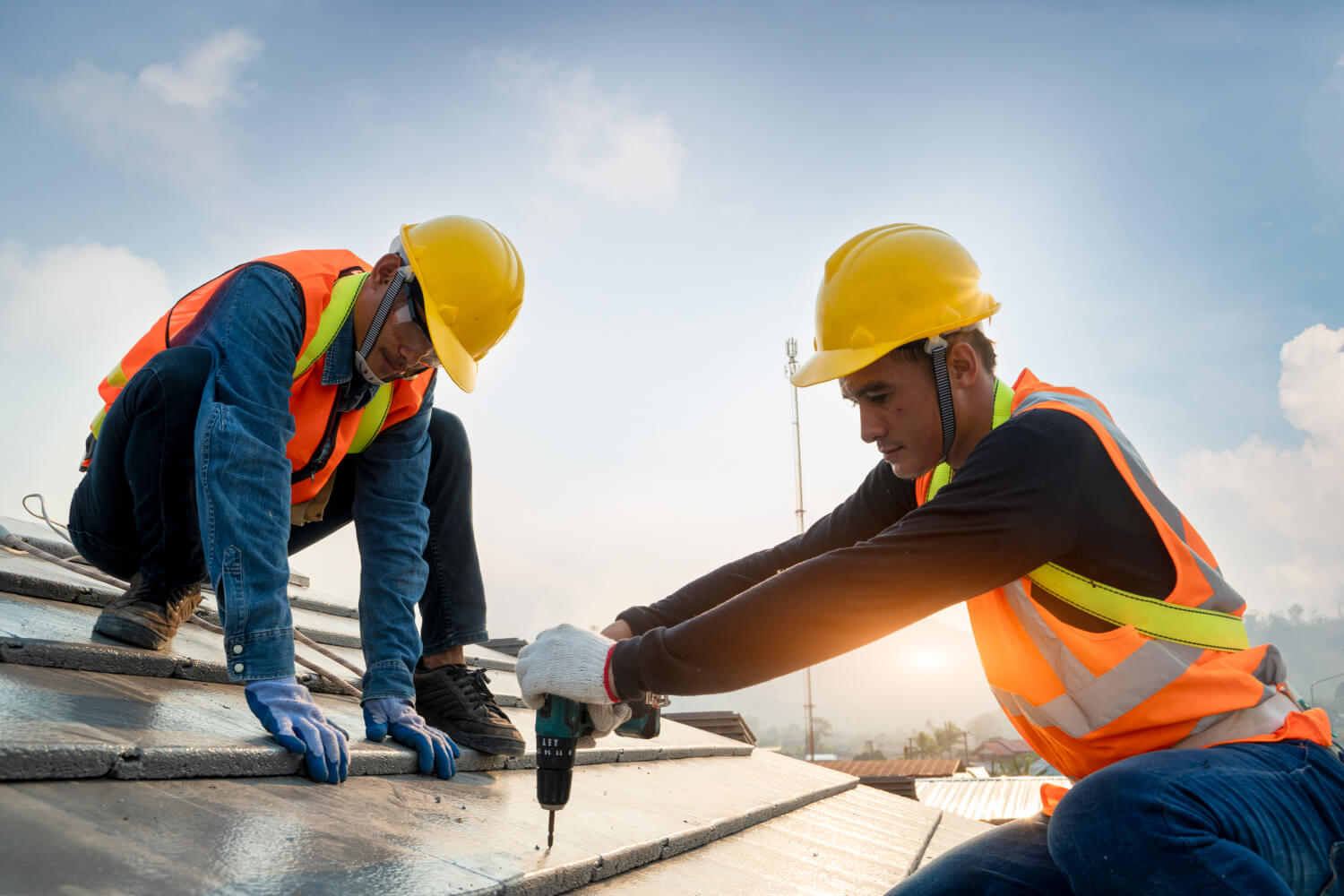Many contractors and homeowners love the benefits of renovating during the winter months.
- Contractors have more flexibility to fit your project in during the off-season.
- Permit approvals are usually quicker during the slow season.
- Prices for contractors and materials are often lower.
- Seeing the finished result perks up your mood through the "Winter Blues."
Tackling home improvement at any time of the year can be difficult and challenging, testing the hardiest of homeowners. However, renovating your home during the winter months comes with its own unique set of risks.
We've collected some of the most common mistakes homeowners make during winter home renovations and how you can avoid them.
Mistake #1: Failing to do the proper research before you start.

If you get the wrong materials and equipment, your exterior project is guaranteed to cause you frustration and can be a costly mistake. Research the project well to choose materials that stand up to colder temperatures.
Exterior home renovations are at the most risk during the winter. Sealants don't want to stick, and timber sometimes expands while freezing.
Spend the extra time to fully understand all the materials you'll need and how the cold affects them. Choose materials built to handle the weather, and buy extras, so you don't run out.
Mistake #2: Choosing the wrong project to do at this time.

Exterior painting jobs:For paint to dry properly, it needs to be above 45 degrees Fahrenheit.
Concrete pouring:Colder temps can reduce the concrete's strength by 50%.
Drywall work:You risk the drying time stopping unless you supply some kind of heat to help the compound dry.
Look at the steps in the project you wish to do and analyze how the environment affects the results. You may be better off completing the project during warmer months.
Mistake #3: Underestimating how long the project will take.

When the temperatures drop, construction projects take longer to complete.
- Productivity lowers as our body's natural movement slows in colder weather.
- Project delays may happen when storms move through.
- Vacations can get in the way.
By planning ahead, you can set more realistic goals for your home renovation project. Look at your family vacation plans and factor in travel days. Tack on a few extra days for the project to allow for unexpected storms and power outages.
Keep your productivity and those of your helpers at peak level with some planning.
- Make sure everyone is dressed for the weather and work safety.
- Schedule frequent breaks to warm up in a heated room.
- Drink warm, sweet beverages.
- Keep your energy up by fortifying your body with healthy pasta dishes.
Mistake #4: Not planning your subcontractor space.

When you need to hire a subcontractor, giving them a warm workplace is vital during the winter months. They need room and space to do their jobs, which they may normally do out of their trucks or in the garage during the warm months.
Communicate in advance with your subcontractors about their needs and establish a suitable area for them. You'll save frustration for them, encourage the most efficient use of their time, and get the best results.
Mistake #5: Not taking environmental risks seriously.

Underestimating the risks of slippery, wet surfaces.
Plan your outdoor project around snow and ice issues, and dress appropriately. Take proper safety precautions to minimize your risks.
Using heaters and forced air heaters without the proper safety precautions.
If you use heaters, don't let them run overnight, and keep the area around them clear of any flammables.
Working in closed spaces without proper ventilation.
When you can't open all the windows, establish alternative ventilation measures. For instance, a fan in the middle of the room can help dissipate paint fumes, and a dehumidifier can help draw moisture out of the air as walls dry.
Not considering the change in humidity.
Consider investing in a hygrometer to measure your home's relative humidity and ensure it's as close to 50% as possible. You risk cracks in crown molding, buckling wood floors, and window condensation when it drops too low.
Water Resistant Safety Shoe

Keep your feet warm and dry while working around snow and ice with water resistant safety shoes.
BUY THESE SHOES
Indestructible Compression Crew Socks

Promote good leg health with socks built for comfort and support.







